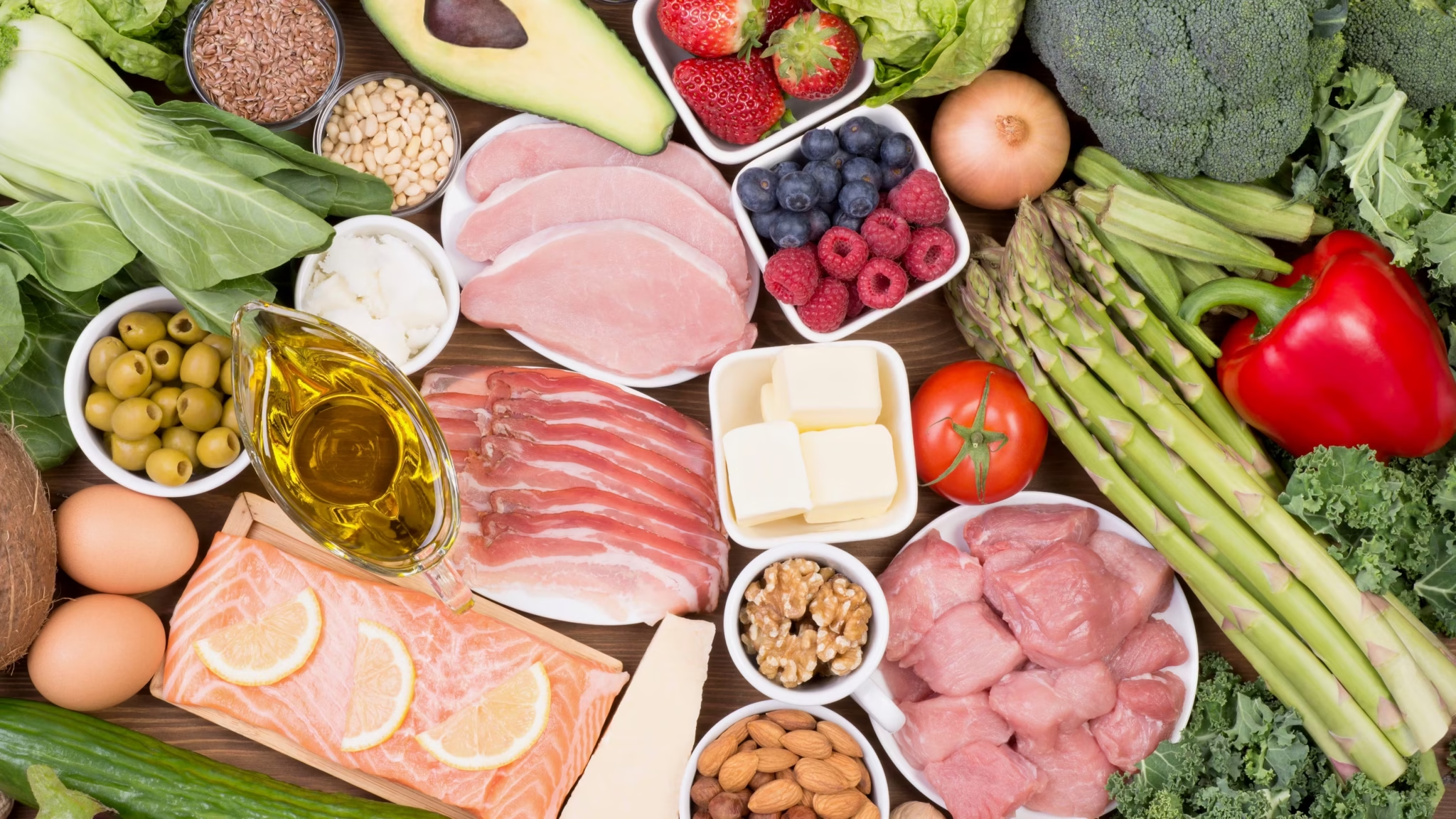
Low Carb Diet Foods: What to Eat and Why It Matters
A low carb diet has gained massive popularity over the years for its benefits in weight loss, blood sugar control, and heart health. While many diets come and go, low carb eating has proven to be more than just a trend. It is a sustainable, science-backed approach that focuses on reducing carbohydrate intake while increasing healthy fats and proteins.
In this article, we’ll explore the best low carb diet foods, their health benefits, and how to incorporate them into your daily meals.
What is a Low Carb Diet?
A low carb diet restricts the amount of carbohydrates you consume, particularly from sources like bread, pasta, rice, and sugary foods. Instead, the emphasis is placed on:
- Lean proteins
- Healthy fats
- Low-carb vegetables
- Nuts and seeds
Generally, a low carb diet may include anywhere from 20 to 100 grams of carbs per day, depending on your goals.
Benefits of Low Carb Diet Foods
Choosing low carb foods can lead to multiple health benefits. For instance:
- Weight loss: Lower insulin levels promote fat burning and reduced appetite.
- Improved blood sugar control: Especially beneficial for people with type 2 diabetes or insulin resistance.
- Better heart health: When done correctly, it may lower triglycerides and increase HDL (“good”) cholesterol.
- Increased energy: Stable blood sugar levels can help prevent energy crashes.
Top Low Carb Diet Foods
Let’s take a closer look at foods that are ideal for a low carb lifestyle. Many of these are not only nutritious but also easy to incorporate into meals.
1. Meat and Poultry
Unprocessed meats are very low in carbs and rich in protein and healthy fats.
- Options: Chicken, turkey, beef, lamb, and pork
- Tip: Opt for grass-fed meat if possible; it’s higher in omega-3s.
2. Fish and Seafood
Most fish are low in carbs and high in omega-3 fatty acids, which are excellent for heart and brain health.
- Low carb options: Salmon, mackerel, sardines, tuna, trout
- Bonus: Shellfish like shrimp and crab are also great choices.
3. Eggs
Eggs are one of the healthiest and most versatile low carb foods available.
- Carbs: Less than 1 gram per egg
- Benefits: Rich in protein, choline, and other vital nutrients
4. Low Carb Vegetables
Not all vegetables are equal in carb content. Leafy greens and cruciferous vegetables are your best bet.
- Examples:
- Spinach
- Kale
- Broccoli
- Cauliflower
- Zucchini
- Bell peppers
- Asparagus
- Avoid: Starchy vegetables like potatoes, corn, and carrots
5. Dairy Products
Some dairy items are low in carbs and high in calcium and protein.
- Low carb options:
- Greek yogurt (unsweetened)
- Cheese (cheddar, mozzarella, cream cheese)
- Butter
- Heavy cream
- Note: Avoid flavored yogurts and sweetened milk alternatives.
6. Nuts and Seeds
Although they are calorie-dense, most nuts and seeds are low in carbs and packed with fiber and healthy fats.
- Great choices:
- Almonds
- Walnuts
- Flaxseeds
- Chia seeds
- Sunflower seeds
- Watch for: Overeating, as the calories can add up quickly
7. Healthy Fats and Oils
Fats are a major part of the low carb lifestyle and provide long-lasting energy.
- Best options:
- Olive oil
- Coconut oil
- Avocados and avocado oil
- Ghee (clarified butter)
- Avoid: Vegetable oils like corn oil and canola, as they are often processed and inflammatory
8. Fruits (In Moderation)
While fruits are generally high in natural sugars, certain options are relatively low in carbs.
- Low carb fruits:
- Berries (strawberries, raspberries, blackberries)
- Lemons and limes
- Avocados
- Limit: Bananas, apples, and grapes, which are higher in sugar
Sample Low Carb Meal Plan
To make this approach easier to follow, here’s a sample one-day meal plan using the foods mentioned:
Breakfast:
Scrambled eggs cooked in olive oil with spinach and mushrooms
Lunch:
Grilled chicken breast with a side of roasted broccoli and avocado slices
Snack:
A handful of almonds or full-fat Greek yogurt
Dinner:
Baked salmon served with zucchini noodles and a side of cauliflower mash
Dessert (optional):
Chia seed pudding with unsweetened almond milk and raspberries
Tips for Success on a Low Carb Diet
Transitioning to a low carb diet can be challenging at first, but these tips can make it easier:
- Read labels carefully: Many packaged foods have hidden sugars and starches.
- Prepare meals at home: This gives you better control over ingredients.
- Stay hydrated: Cutting carbs can cause initial water loss; drink plenty of water.
- Include fiber: To avoid constipation, eat plenty of fiber-rich low-carb vegetables.
- Plan ahead: Meal prep reduces the temptation to grab high-carb convenience foods.
Common Mistakes to Avoid
Even on a low carb diet, certain pitfalls can hinder your progress:
- Eating too much protein: Excess protein can be converted into glucose in the body.
- Ignoring vegetables: Skipping veggies means missing out on fiber and essential nutrients.
- Forgetting about electrolytes: You may need more sodium, potassium, and magnesium during the first week.
- Relying on processed “low carb” products: Stick to whole foods as much as possible.
Ultimately, incorporating low carb diet foods into your daily routine can have a lasting impact on your health. Whether your goal is weight loss, better blood sugar control, or overall wellness, reducing your carb intake and focusing on nutrient-dense, whole foods can help you achieve it.
A low carb lifestyle isn’t just a diet—it’s a sustainable approach to healthy eating.








